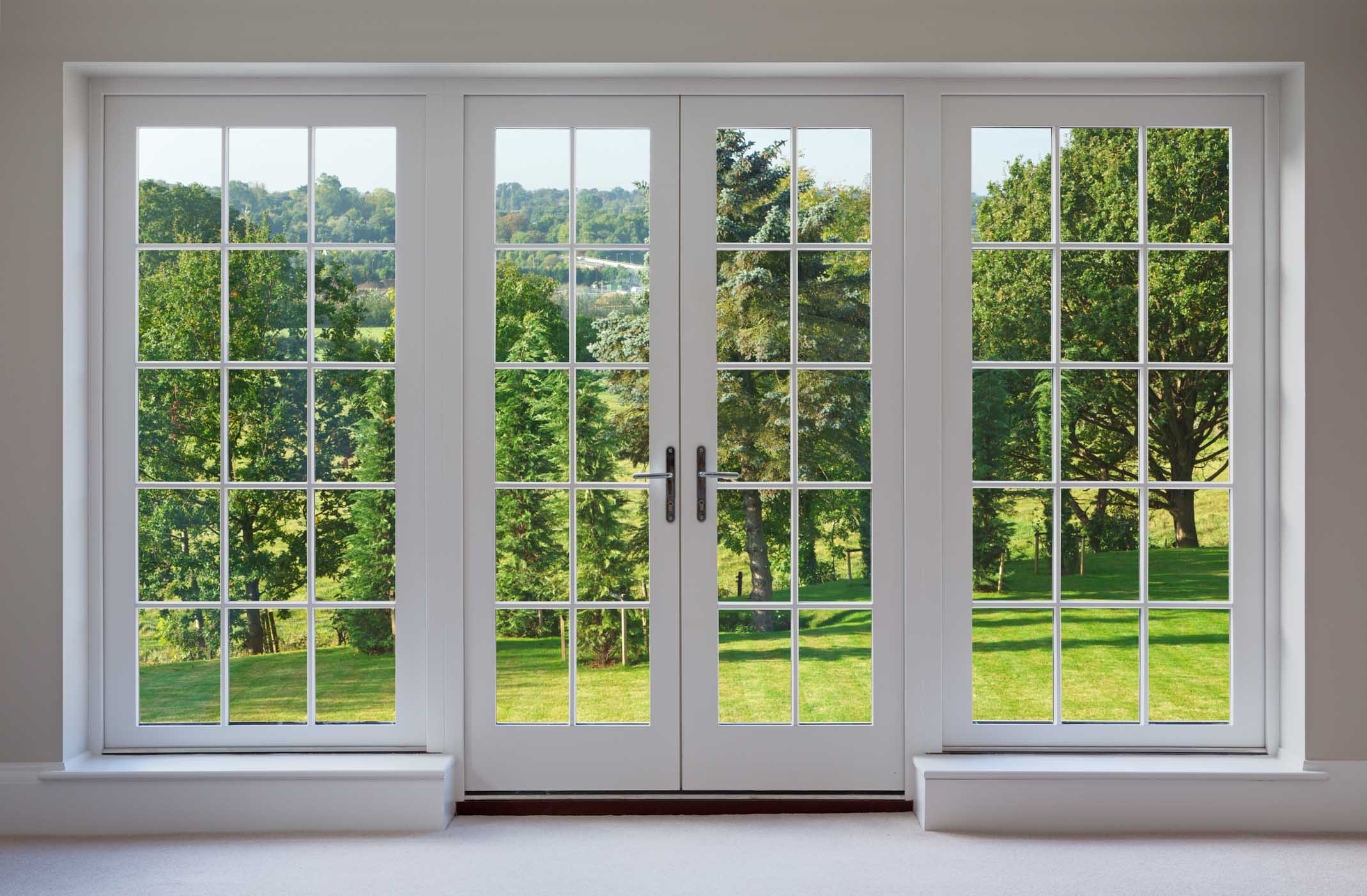All Categories
Featured
Table of Contents
How Are Double Glazed Windows More Energy Efficient? in Queens Park Western Australia
Glazing simply means the windows in your house, consisting of both openable and fixed windows, as well as doors with glass and skylights. Glazing actually simply suggests the glass part, but it is generally utilized to describe all elements of an assembly consisting of glass, films, frames and furnishings. Paying attention to all of these aspects will help you to accomplish efficient passive style.
Energy-efficient glazing makes your house more comfortable and significantly reduces your energy expenses. Nevertheless, inappropriate or poorly developed glazing can be a significant source of unwanted heat gain in summer season and significant heat loss and condensation in winter. Up to 87% of a house's heating energy can be gotten and approximately 40% lost through windows.
What Are Double Glazed Windows? - Build in Claremont WA
Glazing is a significant financial investment in the quality of your home. The expense of glazing and the expense of heating and cooling your house are carefully related. A preliminary investment in energy-efficient windows, skylights and doors can greatly reduce your annual heating and cooling bill. Energy-efficient glazing likewise minimizes the peak heating and cooling load, which can decrease the needed size of an air-conditioning system by 30%, causing additional cost savings.

This tool compares window selections to a base level aluminium window with 3mm clear glass. Understanding some of the crucial residential or commercial properties of glass will assist you to pick the best glazing for your house. Secret properties of glass Source: Adjusted from the Australian Window Association The amount of light that travels through the glazing is understood as visible light transmittance (VLT) or visible transmittance (VT).
Double Glazed Windows & Doors Melbourne & Sydney in Joondalup Western Australia
The U worth for windows (expressed as Uw), explains the conduction of the whole window (glass and frame together). The lower the U value, the greater a window's resistance to heat flow and the much better its insulating value.
If your home has 70m2 of glazing with aluminium frames and clear glass with a U worth of 6. 2W/m2 C, on a winter season's night when it is 15C cooler outside compared to indoors, the heat loss through the windows would be: 6. 2 15 70 = 6510W That is comparable to the total heat output of a big room gas heater or a 6.
Home Window Glazing - Sustainability Victoria in Munster Western Australia

If you select a window with half the U value (3. 1W/m2 C) (for instance, double glazing with an argon-filled gap and less-conductive frames), you can halve the heat loss: 3. 1 15 70 = 3255W The solar heat gain coefficient (SHGC) for windows (expressed as SHGCw) measures how easily heat from direct sunlight flows through an entire window (glass and frame together).
The lower a window's SHGC, the less solar heat it transmits to the home interior. The actual SHGC for windows is affected by the angle that solar radiation strikes the glass.
Double Glazed Windows Melbourne in Walliston Western Australia
When the sun is perpendicular (at 90) to the glass, it has an angle of occurrence of 0 and the window will experience the maximum possible solar heat gain. The SHGC declared by glazing makers is always determined as having a 0 angle of incidence. As the angle increases, more solar radiation is reflected, and less is transmitted.
Latest Posts
Secondary Glazing: A Buyers Guide in Bibra Lake WA
Double Glazing in Swan View WA
Double Glazed Windows In The Summer in Myaree Western Australia